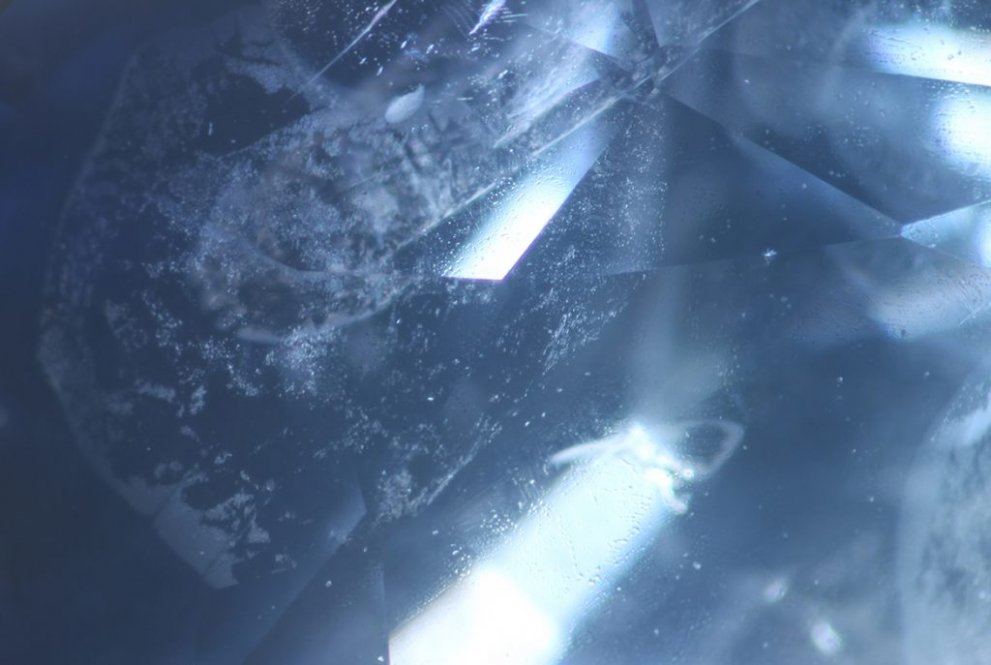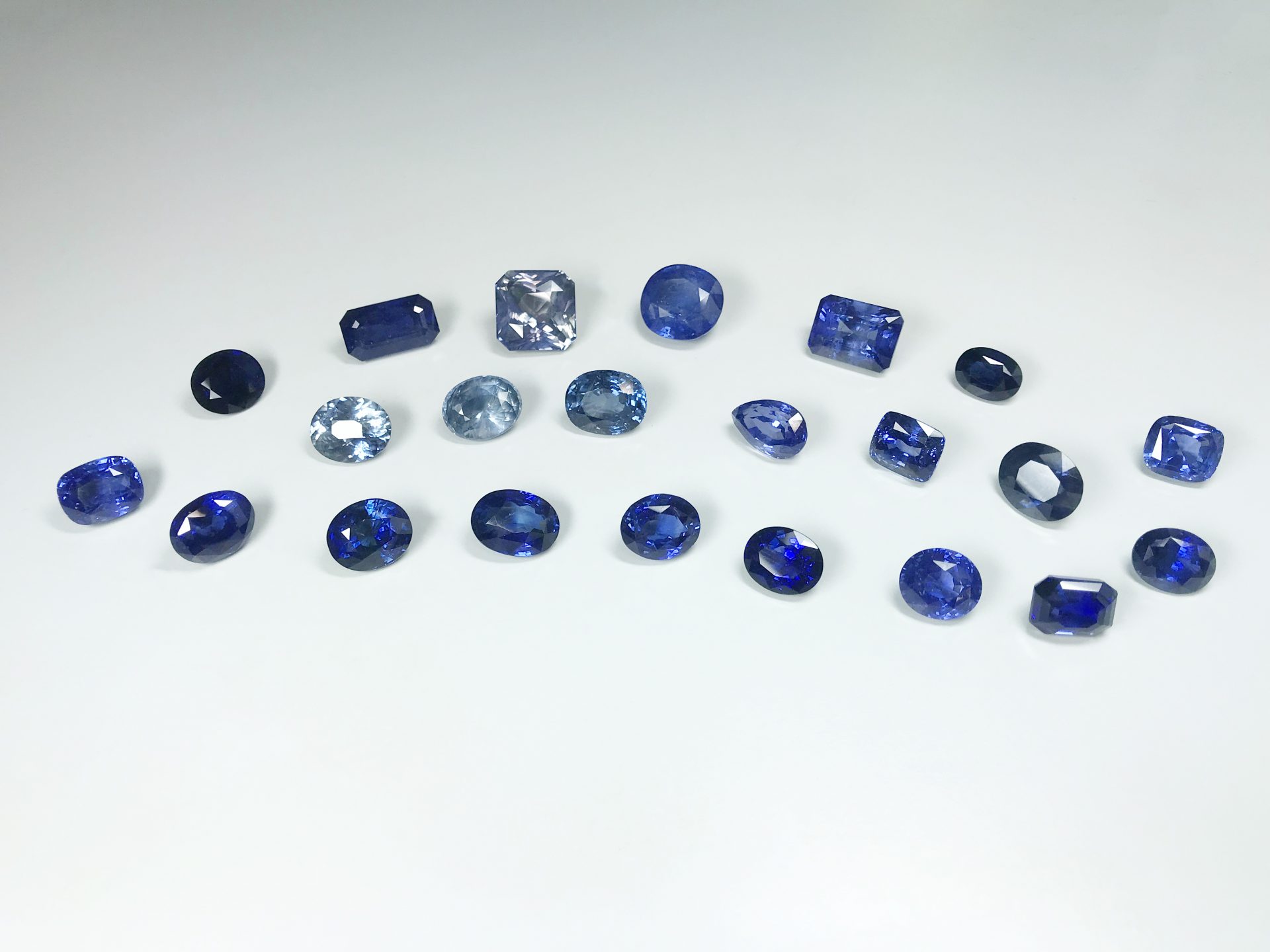Reply to CIBJO Gemmological Commissions’ special report on sapphires heat treated under pressure
On 23 October 2019, the CIBJO Gemmological Commission released a special report an a variety of topics that will be discussed during the upcoming CIBJO congress in Bahrain. One of the topics to be addressed is the separation of sapphires that have been heated under elevated pressure. In this particular report GRS was cited as having produced research on pressure-treated sapphires that was not substantiated by a team of multinational laboratories.
As a reaction to the report, GRS has contacted CIBJO and submitted its official response which has been uploaded to the CIBJO website and its social media channels (Facebook and LinkedIN) on 26 October 2019.
CIBJO posted the GRS reply on the following channels:
CIBJO website
CIBJO Facebook
CIBJO LinkedIN
Reply to CIBJO Special Report 2019 – Sapphires heated under pressure, p. 4-5:
An open letter to the public regarding the advice of CIBJO for disclosing pressure-treated sapphires as heated only – GRS suggests full disclosure
In a recent report by CIBJO, GRS was cited as having produced research on pressure-treated sapphires that was not substantiated by a team of multinational laboratories. In particular, CIBJO said, the labs found that no durability issues were observed in testing of sapphires undergoing high-pressure, high-temperature (HPHT) treatment – contradicting GRS’s finding that evidence of brittleness existed. The CIBJO letter also mentioned that reputable cutters had not found a difference in brittleness.
Neither of the CIBJO assertions can be reconciled with our facts. First, GRS has in its proprietary reference collection HPHT-treated sapphires that show extensive evidence of brittleness. Second, GRS has a statement from a reputable cutter in New York confirming our conclusions, citing significant problems with the brittleness of a sapphire during the re-cutting procedure.
In addition, we would like to emphasize that our samples were not tested by the laboratories mentioned in the CIBJO report. In fact, we were never contacted by these laboratories to provide them with our tested gem samples. For a wholly scientific exercise, our samples need to be considered first before drawing a conclusion about durability issues in pressure-treated sapphires, in particular with regards to brittleness issues.
As GRS has established, HPHT-treatment of sapphires is often applied to those stones with a history of multiple heat treatments. This is con- firmed by our research using FTIR analysis on samples subjected to variable heat-treatment conditions (oxidation/reduction and variations in heat gradients) and deriving from different geographical origins. There- fore, the basic material used in the HPHT-process is very heterogeneous, and exceptional observations can be made, such as brittleness. We have already reported that such observations are erratic and not seen in every stone. Only four out of more than 140 samples that GRS tested were critically brittle. These samples are available at GRS for re- examination.
It is therefore understandable that different results can be achieved based on the heterogeneity of the sample collection used for research. Nevertheless, the problem of HPHT-related brittleness must be kept under scrutiny. One single case only is sufficient to cause negative implications for the industry. As nobody can predict which stones show brittleness after a multi-step heat and additional pressure treatment, it is therefore a risk to the end consumer to assume that no brittleness is present when purchasing a stone.
The second argument made by CIBJO for nondisclosure of potential brittleness – that because the trade has long overlooked pressure treatments, it should continue to do so – is also disputed here. The end consumer should always be presented with the latest research findings and should be kept informed with all updated, relevant information – in other words, full disclosure should occur.
GRS is examining large numbers of heat-treated gemstones since 1996 but has not seen HPHT-treated sapphires appearing on the market prior to 2015. Hence, it can be assumed that the production of this product between 2009 and 2015 did not reach volumes that would be sufficient to widely penetrate the market. From 2015 onwards, HPHT-treatment has been examined in various publications, and GRS has mentioned this particular treatment in more than 200 gemstone reports that have been issued to clients. Therefore, these stones can be considered as a rather new phenomenon on the market.
The third argument made for nondisclosure is that it is difficult to conclusively identify instances of HPHT-treatment, and therefore it is not feasible for a laboratory to distinguish when it has or hasn’t occurred.
This argument is also not acceptable. Although FTIR spectra can be altered by additional heat-treatment, GRS discovered that analysis under the microscope is in most cases conclusive. Pressure treatment is applied for two reasons – to improve the color of unsuccessfully heated stones, and/or to heal fissures of stones of very low clarity. Because the healed fissures in HPHT-treated stones look different compared to other heat-treated corundum, most of our samples can be identified only through the use of a microscope, focusing on graphite particles and pinpoints in the healed fissures.
In conclusion, GRS clearly states that this new treatment can be positively identified despite the fact that there are unresolved issues between laboratories on the research level. Therefore, we strongly recommend that the industry demands full disclosure of this new treatment from their suppliers.
Dr. A. Peretti
Founder & CEO GRS Laboratories

References:
Zwaan, H., 2019. Separating science from commercial interests and empirical facts from opinions. CIBJO Special Report 2019 – Gemmological Commission Special Report, [Online]. 2019, 4-5. Available at: http://www.cibjo.org/congress2019/wp- content/uploads/2019/10/CIBJO-Special-Report-2019-Gemmological.pdf [Accessed 24 October 2019].
Southern Jewelry News. (2019). New treatment with sapphires requires additional disclosure. [online] Available at: https://southernjewelrynews.com/latest-news/other-news/4904-new-treatment-with-sapphires-requires-disclo- sure?fbclid=IwAR3BoiJT4UgdqVaqc79yvaECxmxedNslGgua03rF6EeefDI7PioSnJHXAm4[Accessed 24 Oct. 2019].
Peretti, A., Musa, M., Bieri, W., Cleveland, E., Ahamed, I., Alessandri, M., Hahn, L. (2019). Identification and characteristics of PHT (‘HPHT’) – treated sapphires – An update of the GRS research progress (update 12 November 2018). [online] Available at: http://gemresearch.ch/hpht-update/ [Accessed 24 Oct. 2019].
GRS Gemresearch Swisslab AG. (2019). [Video] Retake of GRS presentation on HPHT-treated sapphires from 2019 GILC meeting in Tucson, AZ [online] Available at: http://gemresearch.ch/retake-gilc-2019/ or https://youtu.be/mCKhApBX7to [Accessed 24 Oct. 2019].
Jarrett, D. (2019). Hot off the press. Rapaport Magazine, (May 2019), pp.52-53.
Jarrett, D (2019). HPHT Sapphire Treatment and Disclosure. The Bulletin Of The New York Mineralogical Club, Inc, 133(2), pp.7-8.
© 2023, GRS GemResearch Swisslab AG

